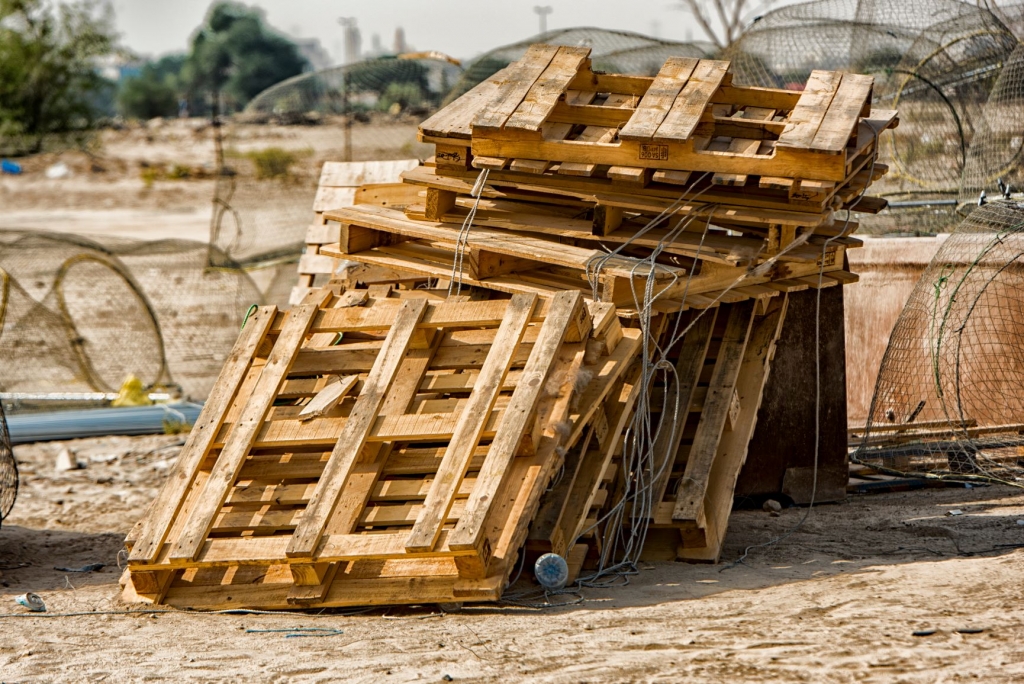
Pallets are used by many businesses to hold boxes of products and can be easily handled by a forklift, pallet jack, front loader or other jacking device. Goods or shipping containers are often shipped on a pallet secured with strapping or stretch wrap. Pallets are made from wood, plastic, paper, or metal and come in a wide variety of sizes, and can be made from recycled materials.
Why should you re-use or recycle pallets?
Pallets are widely used for packaging and shipping a variety of products. All too often, they end up being thrown away after a single use. Fortunately, there are processors who focus exclusively on pallet reuse and recycling.
In today’s economy, businesses and institutions recycle pallets because it saves them money on waste disposal costs. Recycling also helps conserve valuable resources, reduces pollution from production of new materials and creates jobs.
Pallets can and should be reused to the greatest extent possible. Many vendors will take pallets back after a delivery. If not, there are also companies who accept, repair and resell gently used pallets. Smaller generators could offer pallets to their employees in a reuse area or post on a materials exchange board. If pallets can no longer be reused, they can be recycled.
How do they get recycled?
Once in a pallet processing facility, the different materials are separated, managed, and recycled according to their highest end-use and marketability. Depending on their material type, pallets can be broken down and recycled alongside wood, plastic, paper or metal. The most common type, wooden pallets, are usually considered clean wood and can be dismantled for scrap wood, chipped, composted, turned into yard mulch, or used as boiler fuel.

Recent Comments